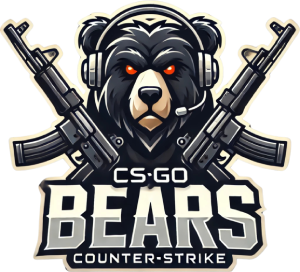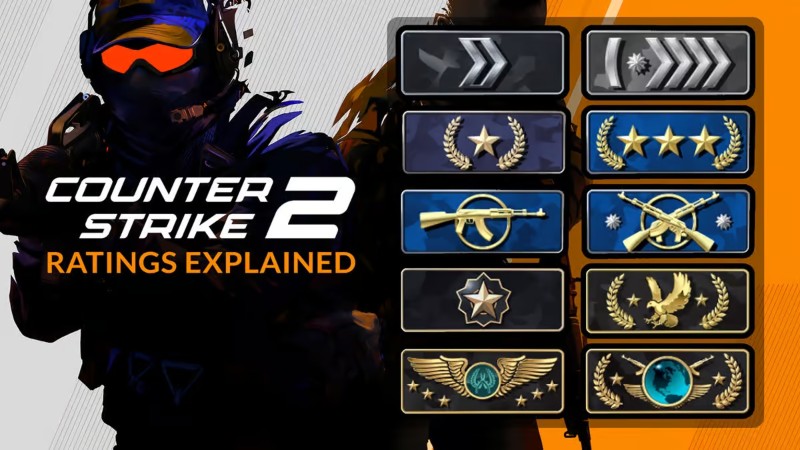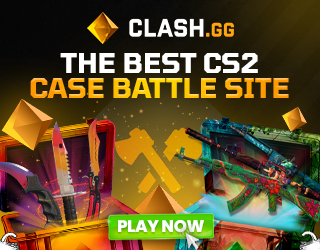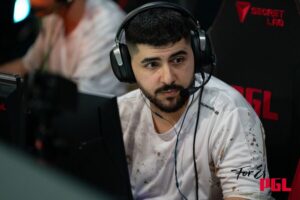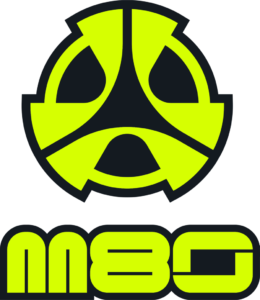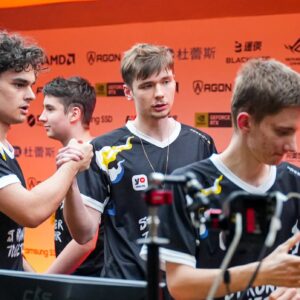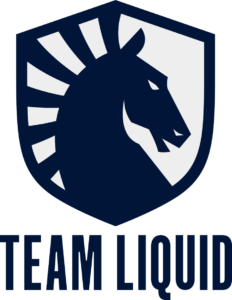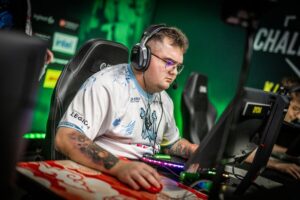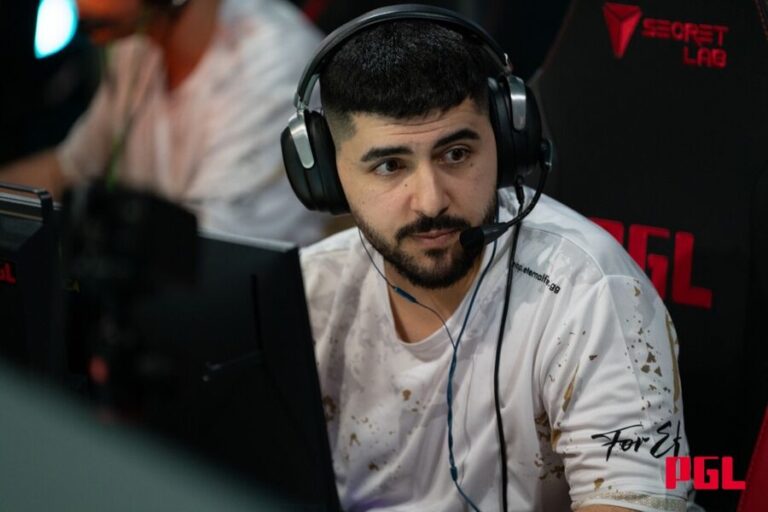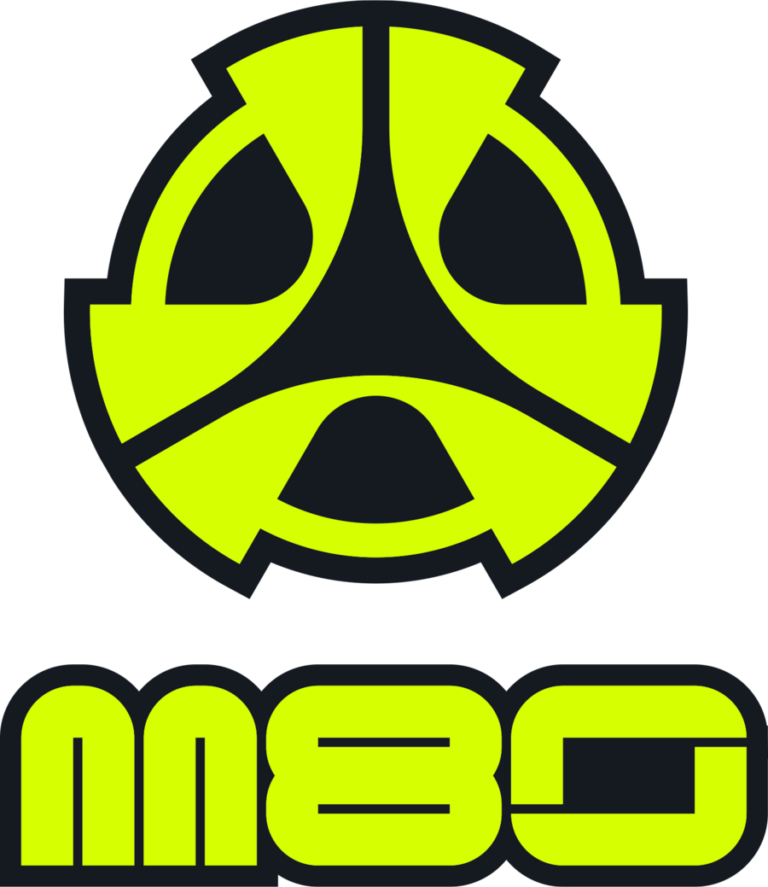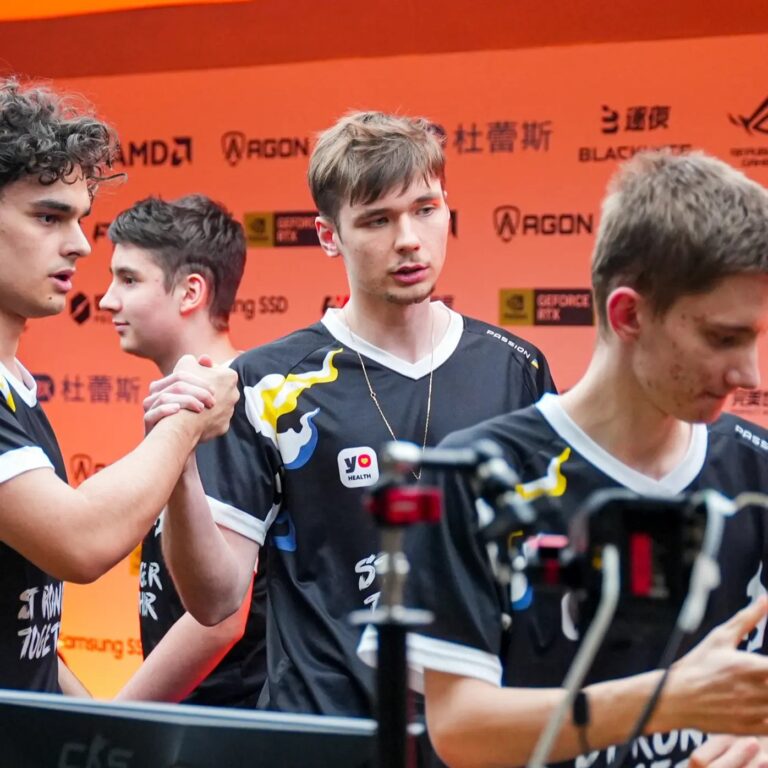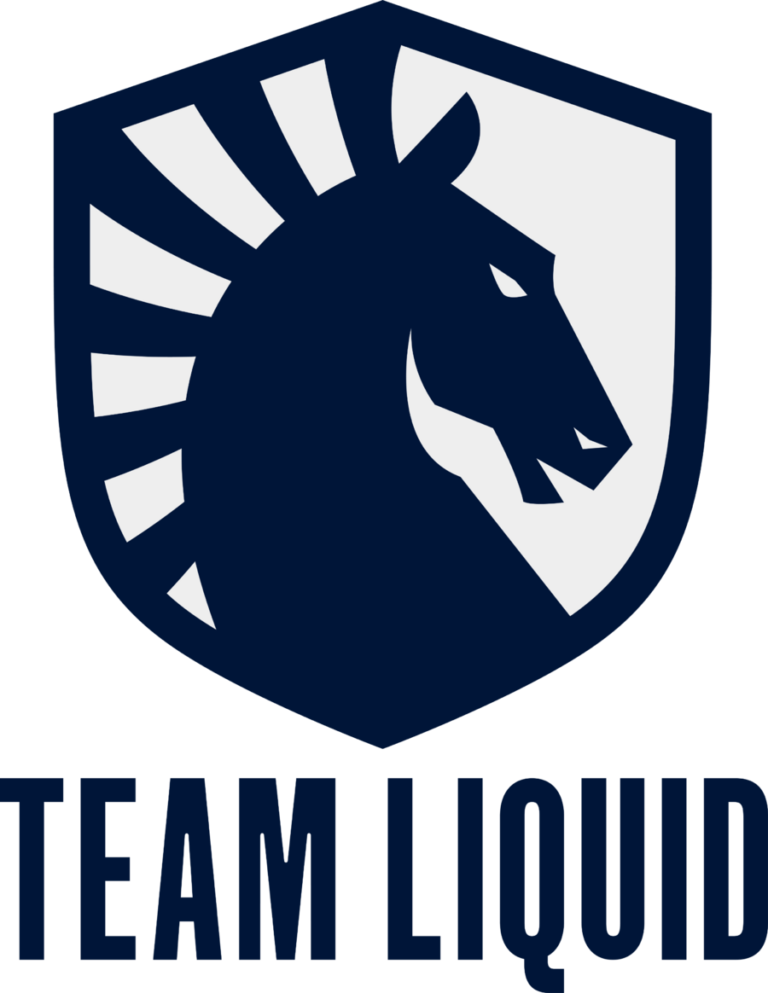Counter-Strike 2 (CS2) has redefined the competitive gaming landscape, allowing players to showcase their skills in an upgraded, immersive environment. Unlike casual modes, competitive matchmaking in CS2 is the true test of a player’s ability, blending mechanical precision, strategic thinking, and teamwork. Players compete for ranks, which are not just symbols of prestige but also reflections of their commitment to improvement. Keeping up with CS2 news is equally important, as frequent updates and developer insights can dramatically impact gameplay, introduce new mechanics, or alter the competitive meta. Staying informed ensures players adapt to changes quickly and maintain their edge.
For many, getting ranked in CS2 can feel overwhelming. Newcomers might worry about being matched with more experienced players, while veterans from CS:GO might struggle to adapt to CS2’s updated mechanics and ranking criteria. Yet, ranking up is more than a pursuit of a title—it’s a journey of growth, learning, and mastery.
Success in CS2 is not just about individual brilliance; it’s about understanding how to work effectively within a team, consistently delivering under pressure, and adapting to evolving challenges. This guide offers a step-by-step approach to help you navigate the ranking system, master the essentials, and climb to the top tiers of competitive play.
These insights form the foundation for success in CS2’s competitive environment. By keeping these key points in mind, players can focus on the aspects of gameplay that truly matter.
Understanding the CS2 Ranking System
CS2’s ranking system builds on the legacy of Counter-Strike but introduces new dimensions to create a more balanced and rewarding experience. Competitive ranks, known as Skill Groups, are the backbone of the system, categorizing players based on their performance. Each Skill Group represents a different level of mastery, and climbing through these ranks requires a combination of individual skill, teamwork, and strategic thinking.
The Structure of Skill Groups
CS2’s Skill Groups are designed to ensure fair matchmaking by pairing players with others of similar skill levels. This structure provides a challenging yet balanced experience, where every game is an opportunity to learn and grow.
| Skill Group | Description |
| Silver I – Silver Elite | Entry-level ranks for players learning the basics of aiming, movement, and communication. |
| Gold Nova I – Gold Nova Master | Intermediate tiers are where players start to exhibit better mechanics and game sense. |
| Master Guardian I – Distinguished Master Guardian | Advanced ranks that require tactical precision, strong teamwork, and consistent performance. |
| Global Elite | The pinnacle of competitive play is reserved for those who have mastered every aspect of the game. |
Each tier represents a milestone, and progressing through them is challenging and rewarding. Lower ranks are ideal for learning fundamentals, while higher ranks demand flawless execution and mental fortitude.
What Influences Your Rank?
While winning matches is an essential part of ranking up, CS2’s system goes beyond simple win/loss ratios. The game evaluates individual performance across various metrics, including:
- Combat Effectiveness: Players who secure kills, assists, and multi-kills consistently are likelier to progress.
- Utility Usage: The strategic use of grenades, flashes, and smokes shows a deeper understanding of gameplay mechanics.
- Objective Contributions: Planting the bomb, defusing it, and supporting teammates are all significant factors.
- Clutch Potential: Winning rounds with odds stacked against you demonstrates skill and composure.
For example, a player who uses grenades to block enemy vision or disrupt their movements can have as much impact as someone who secures multiple kills. CS2 rewards players who think critically about their actions and prioritize team success.
Why Balance Matters in Competitive Play
The ranking system also ensures that games are competitive by matching players with opponents of similar skill. This creates an environment where every match feels fair and engaging, allowing players to test their limits without being overwhelmed. By emphasizing balance, CS2 provides an optimal platform for improvement and growth.
How Ranking Differs from CS:GO
Players familiar with CS:GO’s ranking system may notice significant differences in CS2. These changes address long-standing issues and provide a more refined competitive experience.
A Greater Emphasis on Individual Performance
In CS:GO, your team’s performance heavily influences your rank. This often meant that a player’s contributions could be overlooked during a loss. CS2 changes this dynamic by placing greater weight on individual performance. For instance:
- A player who consistently performs well—securing key frags, using utility effectively, and winning clutch rounds—will see rank progression even if their team loses occasionally.
- Conversely, players who fail to contribute meaningfully may find it harder to climb the ranks, even if they win matches.
This shift rewards players who focus on improving their own skills and encourages personal accountability.
Improved Matchmaking Algorithms
One of the most significant upgrades in CS2 is its matchmaking system. Unlike CS:GO, where uneven matches were a frequent complaint, CS2 uses advanced algorithms to ensure balanced games. These algorithms consider player ranks and detailed performance metrics to create fairer matchups.
For example, if you’re a Gold Nova player with strong individual stats, you’ll likely be matched with similarly skilled teammates and opponents. This reduces the frustration of being placed in mismatched games and ensures a more enjoyable experience.
Starting Fresh with Placement Matches
CS2 introduces a fresh start for all players by requiring new placement matches. This ensures that ranks accurately reflect players’ skills under the updated system. It also allows returning players to adapt to CS2’s new mechanics and features, creating a level playing field for everyone.
Steps to Get Ranked in CS2
Complete Placement Matches
Placement matches are the first step to getting ranked in CS2. These 10 games determine your starting Skill Group and provide the foundation for your competitive experience. The system evaluates the outcome of these matches and your individual contributions.
Strategies for Placement Matches
- Focus on Teamwork: Work closely with your teammates, providing callouts and supporting their efforts.
- Avoid Overextending: Playing aggressively without support can lead to unnecessary deaths, hurting your performance.
- Stay Calm Under Pressure: Maintaining composure during critical moments, such as clutch scenarios, is crucial.
For example, planting the bomb or assisting in a retake can weigh heavily in your favor, even if you don’t top the scoreboard.
Maintain Consistency After Ranking
The real work begins once you’ve been placed in a Skill Group. Maintaining and improving your rank requires consistent effort and adaptability. Each match presents new challenges, from different map dynamics to varying opponent playstyles.
| Consistency Tips | Actions |
| Warm Up Before Matches | Spend 20 minutes practicing aim or grenade throws to start strong. |
| Analyze Gameplay | Review match replays to identify patterns and areas for improvement. |
| Play Regularly | Frequent practice helps you stay sharp and adapt to new meta trends. |
Consistency isn’t about perfection; it’s about performing reliably over time, which is key to climbing the ranks.
Tips to Climb the Ranks in CS2
Climbing the ranks in CS2 requires a combination of skill refinement, strategic thinking, teamwork, and mental fortitude. It’s about outgunning your opponents and outsmarting them with superior strategies, map control, and coordinated play. Whether you’re aiming for slow and steady progression or a rapid ascent, implementing these tips can give you a significant edge in competitive matchmaking.
Master Map Knowledge
Understanding map layouts is one of the most critical factors in CS2 success. Each map has its unique dynamics, including choke points, sightlines, and bombsite configurations. Players with a thorough knowledge of maps can predict enemy movements, execute effective strategies, and avoid ambushes.
- Callouts and Communication: Learn and consistently use map-specific callouts. For example, on Mirage, calling “one connector” provides your teammates with actionable intel.
- Grenade Lineups: Master smoke and flash lineups for common bombsite takes or retakes. Knowing how to smoke CT spawn on Dust II or flash over Banana on Inferno can create opportunities for your team to advance.
- Map-Specific Roles: Understand the strengths of different positions. For example, anchoring on a B-site in Inferno demands skills different from holding mid on Mirage. Adapt your playstyle based on the map and role assigned to you.
Refine Your Mechanics
Mechanical skill is the foundation of competitive success in CS2. Even the best strategies can fail if you can’t effectively land your shots or position yourself. Refining these skills requires consistent, deliberate practice.
- Aim Practice: Spend 15–20 minutes daily in aim trainers like Aim Lab or in-game deathmatch servers. Focus on headshot precision and reaction times to excel in duels.
- Weapon Mastery: Learn the spray patterns of popular weapons like the AK-47 and M4A4. Controlled sprays can secure multi-kills, while burst firing and tap shooting are effective at long ranges.
- Movement Techniques: Techniques like counter-strafing (stopping movement before shooting for maximum accuracy) and jiggle peeking (baiting enemy shots without exposing yourself) are essential for positioning.
Utilize Utility Effectively
Utility in CS2 can often make the difference between winning and losing a round. Smokes, flashes, molotovs, and HE grenades are not just tools but extensions of your strategy. Learning how and when to deploy them can control enemy movements, create openings for your team, or secure crucial advantages in critical rounds.
- Smokes: To make pushes safer, block enemy sightlines, such as smoking off mid-doors on Dust II or jungle on Mirage.
- Flashes: Use flashbangs to blind enemies before peeking or taking control of an area. A well-placed flash can completely turn the tide of a duel.
- Molotovs: Deny space to opponents by using molotovs to block off chokepoints or flush enemies out of hiding spots, like under the palace on Mirage or barrels on Inferno.
- Grenade Economy: Buy utility whenever possible instead of spending all your money on armor or guns. Even one smoke or flash can be a game-changer when used effectively.
Communicate Clearly and Consistently
Team communication is the backbone of success in CS2’s competitive environment. Effective communication allows your team to coordinate strategies, respond to threats, and capitalize on opportunities. However, too much chatter or unclear callouts can create confusion.
- Short, Precise Callouts: Use simple phrases like “three long A” or “one pushing catwalk” instead of long-winded explanations. The faster your teammates get the information, the quicker they can react.
- Stay Positive: Even during tough matches, encourage your teammates instead of blaming them for mistakes. A positive team environment often leads to better coordination and more clutch plays.
- Share Resources: If you’re playing with friends, designate roles such as a dedicated AWPer, entry fragger, or lurker to streamline your strategy.
Focus on Team Play
While individual skill is important, CS2 is ultimately a team-based game. Solo queuing can limit your progress due to the unpredictability of random teammates, but you can still maximize your impact by playing with a team-first mentality.
- Support Your Teammates: Drop weapons for teammates during eco rounds or buy utility that complements their strategy. A smoke to cover their advance can sometimes be more valuable than a gun.
- Play the Objective: Whether it’s planting the bomb, defusing it, or holding a site, always prioritize the objective over unnecessary engagements.
- Learn to Adapt: Be flexible with your role. If your team needs a support player or someone to hold a less popular position, step up and fill that gap.
Adapt to Meta Changes
The CS2 meta evolves with each patch or update, as developers tweak mechanics and players discover new strategies. Staying informed about these changes can help you maintain an edge over less adaptable players.
- Stay Updated: Follow professional matches or community forums to learn about emerging trends, like new grenade lineups or weapon preferences.
- Experiment with Playstyles: Try different strategies, such as aggressive mid pushes or slow site takes, to see what works best in the current meta.
Stay Mentally Resilient
Climbing the ranks isn’t always a linear process. Along the way, you’ll encounter losing streaks, toxic teammates, and tough opponents. Maintaining your focus and composure during these challenges is critical to long-term success.
- Take Breaks: If you’re feeling frustrated after a loss, step away from the game briefly. A clear mind is more effective than one clouded by emotions.
- Learn from Losses: Treat every match as a learning experience. Reflect on what went wrong and what could be improved, whether it’s individual mistakes or team coordination.
- Set Realistic Goals: Instead of focusing solely on reaching a certain rank, set smaller goals, such as improving your K/D ratio or mastering a specific map.
Leverage Community Resources
Finally, take advantage of the wealth of resources available to improve your game. Tutorials, forums, and coaching services can provide valuable insights to refine your skills.
- Watch Tutorials: Platforms like YouTube offer countless guides on mechanics, map strategies, and utility usage tailored for players of all levels.
- Join Community Scrims: Playing in community-run matches or tournaments allows you to gain experience outside of ranked games.
- Seek Coaching: If you’re serious about improving, consider hiring a coach or joining a team to receive personalized feedback.
Common Challenges in CS2 Ranking
Dealing with Toxicity and Cheaters
Toxicity and cheating are common issues in competitive gaming, including CS2. Toxic players often blame teammates or criticize non-constructively, while cheaters use unfair tools to gain an edge. Both can disrupt the experience, but you can take steps to minimize their impact.
When dealing with toxic players, muting them is the simplest solution. Arguments and negativity harm team coordination, so focus on your gameplay instead. Use the in-game reporting system for cheaters, which helps Valve identify and penalize offenders. Though encountering a cheater can be frustrating, control what you can by treating each match as a chance to improve your skills.
Breaking Losing Streaks
Losing streaks can feel demoralizing, but they’re a natural part of competitive play. How you respond to them determines your ability to recover. Start by analyzing your gameplay using match replays to identify mistakes like overextending, inconsistent utility use, or taking unnecessary risks.
Resetting mentally is also critical. Step away from the game briefly to clear your head and refocus. Even a 10-minute break can prevent frustration from affecting your performance. Finally, try experimenting with roles or playstyles to gain fresh insights. For example, switching from an AWPer to a rifler role can reveal new strengths and help you break the cycle.
For additional tips, resources, and detailed strategies, check out the latest CS2 updates – sharpen your skills and climb to the rank you’ve always aimed to achieve.
